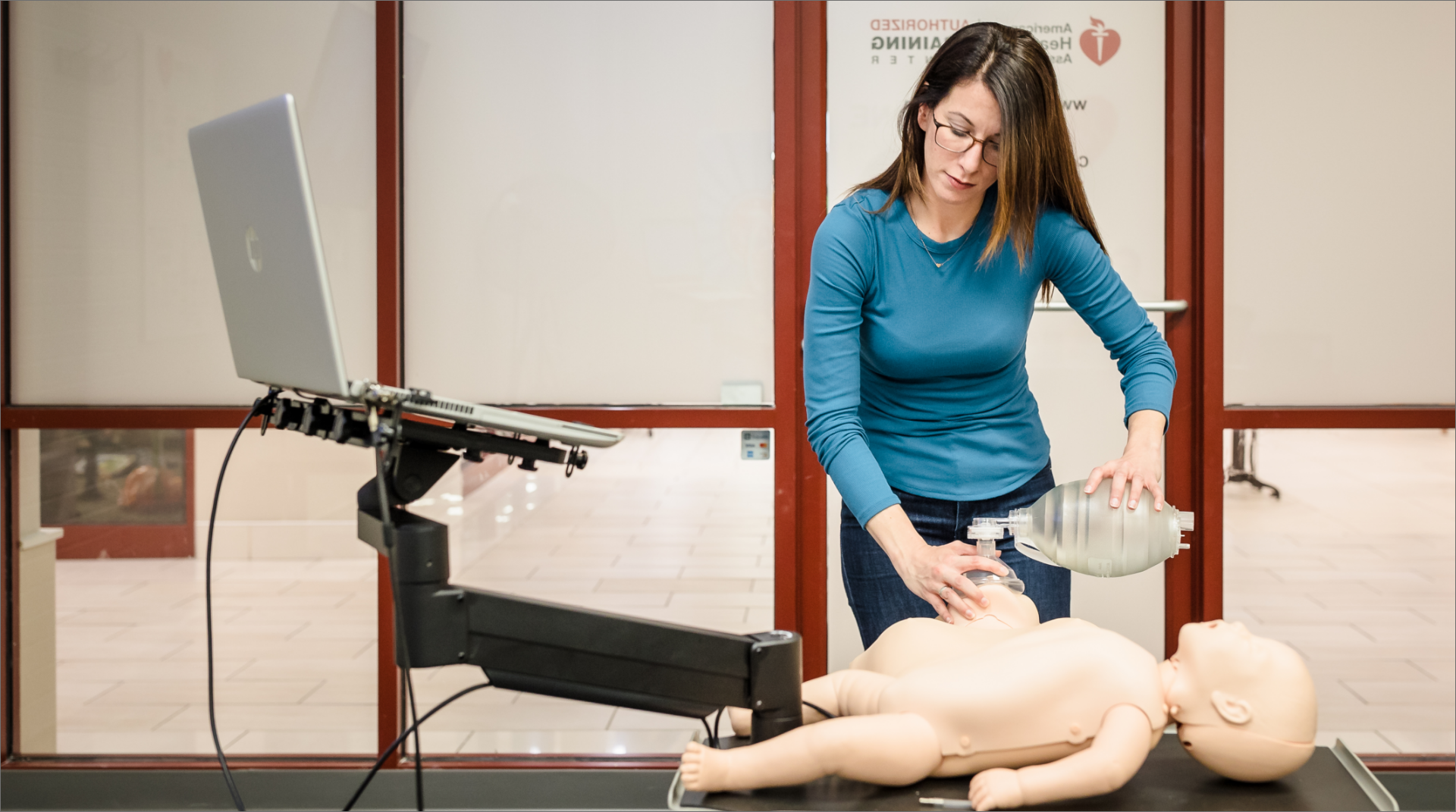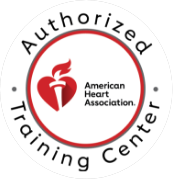

CPR Resource Center
The most comprehensive library of emergency training resources — including videos, articles, downloads, and more.


The most comprehensive library of emergency training resources — including videos, articles, downloads, and more.
An excellent question to get started with!
The 2020 American Heart Association (AHA) Guidelines for Cardiopulmonary Resuscitation (CPR) and Emergency Cardiovascular Care represent a comprehensive review of current evidence-based recommendations for resuscitation and emergency cardiovascular care. The initial guidelines for CPR were published in 1966 by an ad hoc CPR Committee of the Division of Medical Sciences at the National Academy of Sciences—National Research Council.
Since then, CPR guidelines have been reviewed, updated, and published periodically by the AHA. In 2015, the process of 5-year updates was transitioned to an online format. This allowed for a continuous evidence evaluation process rather than periodic reviews. The 2020 guidelines reflect alignment with the International Liaison Committee on Resuscitation (ILCOR). They include varying levels of evidence reviews specific to the scientific questions considered of greatest clinical significance and new evidence.
Without getting into the details of what has changed, I would emphasize that the guidelines have reaffirmed the significance of high-quality basic life support, avoiding delays and interruptions in chest compressions and the value of rapid defibrillation. These two measures can double or triple survival rates from sudden cardiac arrest. They are proven measures, hands down, or hands-on for that matter!
This is a thorny subject as in many parts of our country, bystander CPR rates are unacceptably low for both adults and children. Along with that, bystander use of AEDs remains unacceptably low as well. In CT for instance, bystander CPR and AED utilization rates were less than half the national average.
This was exacerbated over the past year in virtually every location around the world. Likely due to fears of contracting the coronavirus. It is important to note that Telephone guided CPR delivered by highly trained emergency telecommunicators has been proven to significantly and I mean significantly increase bystander CPR rates. The key to making this happen is a system wide adoption of AHA standards and recommendations related to telecommunicator CPR.
There was an appreciable decline in training among all groups. This included healthcare providers, targeted first responders and members of the public. This was due to a combination of factors all related to the global pandemic. Measures were instituted to enable training to continue by certifying bodies such as the American Heart Association. These measures typically combined cognitive content, delivered through digital courseware or through video conferencing and skills practice and evaluation.
Training has been more difficult to identify, access and deliver during the last 12 to 13 months. Based on anecdotal evidence and my own opinion, the overall quality of instruction suffered during this time.
Well, let me position this a little bit differently. It is important for us to see cardiac arrest as a high-acuity event that occurs at a very low frequency for the vast majority of those who take courses in resuscitation. There are several quality studies that have been done that clearly identify skill decay as an issue of significance in resuscitation education. In fact, appreciable deteriorations in skill performance can be observed even just a few months after completing a course.
Therefore, if you are a healthcare provider with a duty to provide high-quality resuscitation, the answer is yes, ongoing training is necessary to remain competent. The same holds true for targeted first responders such as lifeguards, security officers, those who care for children and the like. To summarize, high-quality and ongoing education with hands-on practice is essential. When performance meets requirements, it should result in certification.
I was so pleased to see the American Heart Association develop this optional pathway for those who are physically unable to perform CPR in accordance with expectations. Whenever I think of this course option, I inevitably think of a fantastic clinician and educator from the Massachusetts General Hospital, Dr. Charles McCabe. Dr. McCabe was an extraordinary figure at MGH. Regretfully, due to an illness, he was bound to a wheelchair. He is an example of an incredibly well qualified provider who might be denied privileges simply because he did not have his BLS card.
This option is for Individuals who pass the cognitive portion of the HeartCode® BLS Provider Course but cannot perform the physical skills of CPR. By successfully advising others how to perform CPR and use an AED, HeartCode BLS students with disabilities can receive an Advisor: BLS card.
A perfect solution for those like Dr. McCabe.
When I first became serious about a career in healthcare, I took my first BLS for Healthcare Provider course in the early 1980s. My recollection includes classroom time, complete with slides projected on a slide projector, complete with a carousel. But, even more vividly, I recall working for what seemed like hours to achieve expected performance standards on a recording resusci-anne.
One of the primary features of this manikin was its instrumentation and graphical recording of your CPR performance. It was rather unforgiving and you had to meet performance standards in order get your American Heart Association credential. I suspect that this practice was abandoned in favor of making it easier to expand critical training in resuscitation to an ever-growing group of individuals who were deemed to need certification in CPR.
Some CPR is ALWAYS better than no CPR.
Why don’t I simply say that again and we can think about your next question.
Some CPR, even BAD CPR is better than no CPR. PERIOD.
Whether you are an educator or a clinician, we share the common goal of ensuring that cardiac arrest victims receive care consistent with the current state of scientific knowledge and if we can achieve this goal, we have the potential to save thousands of lives every year. Current evidence suggests that there are ample opportunities for us to improve education, clinical performance and outcomes from sudden cardiac arrest.
There is significant variability in resuscitation education, including how content is delivered, fidelity of equipment and educator behavior. There are well designed studies that demonstrate the challenges that human observers have when assessing CPR quality. Using available technology, we can at a minimum be certain that the skill performance is qualitatively and quantitatively measured as part of credentialing.
Hands-on practice in resuscitation training is a “no brainer” right? Well, one would think that this is a universally accepted concept…but yet we see a proliferation of training programs that either discard this all together or dilute the importance of hands-on practice. Resuscitation is without a doubt a hands-on activity and as such should play a significant role in all resuscitation training courses, PERIOD.
Colleges and universities are absolutely correct here. When lives are at stake, quality training can make a huge difference and quality begins with ample hands-on skill practice and skills verification using instrumented manikins.
Help Me Find a Course